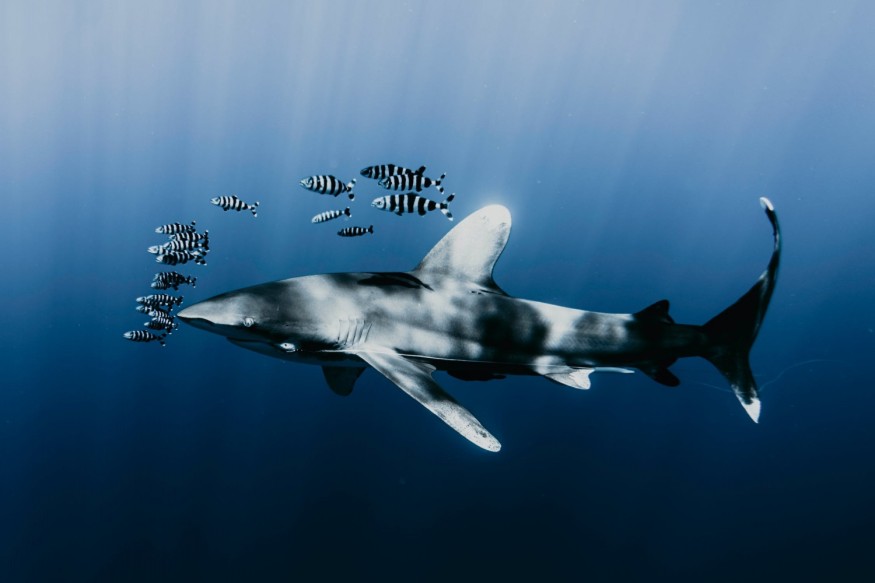
Experts have unearthed a species of shark that has human-like molars. According to studies, these molars have been used to feed on their preys.
According to a Live Science report, the new species, which is dubbed as painted hornshark (Heterodontus marshallae), is part of the order Heterodontiformes. They are distinguished by their unique body shape as well as their small horns that extend above their eyes.
Fish biologist Helen O'Neill said this type of sharks, discovered in Western Australia, resembles fossils of long extinct sharks because of their similar morphology, including their spines. She, however, said that they are not closely related.
Unique teeth
According to experts, these sharks have rows of human-like molars at the back, which is considered as a peculiar characteristic among sharks. Scientists said these group of sharks has other many interesting features.
O'Neill mentioned in an entry posted at the Australia's National Science Agency that Heterodontiformes have a unique body shape and horns that were formed by crests right above their eyes.
She further said that these sharks tend to sit on the sea floor and they feed mainly on creatures such as molluscs and crustaceans.
"They have a small mouth but crushing jaws that are huge relative to their skull size and powerful enough to crush cowrie shells," O'Neill said.
Studies have indicated that the Heterodontiformes is a unique shark order comprising a single family (Heterodontidae) and single extant genus (Heterodontus Blainville 1816).
Experts said this classification is also one of the earliest identified modern elasmobranch lineages that has a distinct and recognizable isolated teeth recorded from the Lower Jurassic.
Further, it was also discovered that hornsharks have shown increasing tooth file counts due to various factors such as allometric growth, and significant monognathic, ontogenetic and even gynandric heterodontie.
Pattern similar to zebra hornshark
Researchers initially believed that the pattern of the painted hornshark is very similar to the zebra hornshark and the two were previously thought to be the same species.
These two types were found to have some similarities in morphology and coloration.
According to Dr. Will White, who serves as a research scientist at ANFC, the painted hornshark was believed to be similar with the zebra hornshark for a long time because of their supposed similar colour.
"Both species are pale with 22 dark brown bands and saddles. But they have small differences in the markings on their snouts and below their gill slits. Their egg cases are also different," Will said in the ANSA entry.
Will said that despite their closely similar looks, "genetically, H. marshallae is more closely related to the Port Jackson shark, H. portusjacksoni."
The study further indicated that the zebra hornsharks are commonly found in the shallower waters and they normally live near Indonesia or Japan. Meanwhile, the painted hornshark usually prefer the deeper oceans that surround the Australia's coast.
Other key differences between the two species are the different dark markings on the snout and dorsal surface of pectoral fin. They also have different egg case morphology and vertebral counts.
Further, the difference in dark markings on their snout and dorsal pectoral fin were notable and consistent across the different size classes, with scientists believing that this is a reliable characteristic for their distinction.
Related Article: Weird Shark with Rough Skin, Exposed Teeth, Swollen Eyes Caught in Australia: Internet Debates Species
Related Video:
© 2025 NatureWorldNews.com All rights reserved. Do not reproduce without permission.





